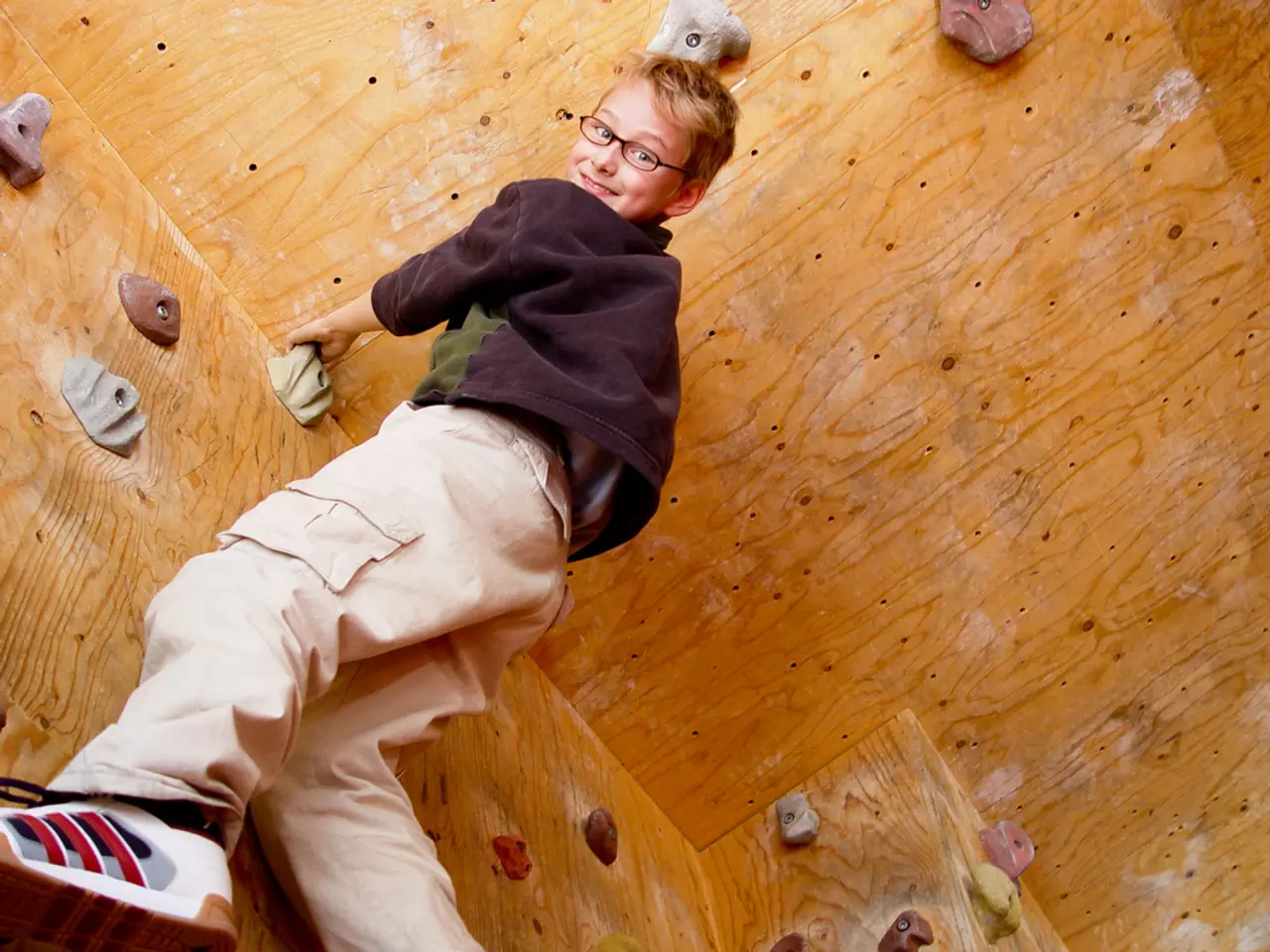Adaptive Physical Activities for Autism: Detailed Insights into Five Fitness Methods
Children with autism can thrive with the right support, and adaptive fitness exercises play a crucial role in promoting their physical and mental well-being. Here are five evidence-based activities that cater to the unique sensory, motor, and social needs of children with autism.
**Swinging and Spinning** These activities provide essential vestibular input, helping to regulate sensory processing, improve balance, and increase body awareness—challenges commonly faced by children with autism. Swinging on a swing, spinning on a disc or chair can be integrated into daily routines or therapeutic sessions.
**Balance and Coordination Activities** Exercises such as walking on balance beams, navigating uneven surfaces, and engaging in obstacle courses target core strength, stability, and motor planning. These activities not only improve physical skills but also support sensory integration and confidence in movement.
**Yoga and Meditation** Yoga offers a structured way to develop strength, flexibility, and mindfulness. The combination of physical poses and breathing exercises can help reduce anxiety and improve focus, while meditation promotes relaxation and emotional regulation.
**Martial Arts** Adapted martial arts classes can help children with autism develop discipline, focus, and social skills in a supportive environment. Many programs offer modifications for sensory sensitivities and individualized pacing.
**Trampoline/Gymnastics** Trampoline jumping and basic gymnastics provide proprioceptive and vestibular input, which can be both calming and stimulating. Adaptive gymnastics programs often include structured, repetitive movements that are beneficial for motor development and sensory integration.
**Brain Booster** A unique exercise involving a weighted ball, this activity helps improve coordination, sequencing, and timing in children with autism. It also boosts upper body strength, coordination, and sensory regulation. Recommended by doctors and therapists, consistent practice can lead to positive changes in physical abilities and overall confidence.
It's essential to customize these exercises based on your child's abilities and interests. Incorporating adaptive fitness exercises into their daily routine can have significant benefits for their physical and mental health. Always consult with occupational therapists, physical therapists, or certified adaptive fitness specialists to develop a safe and effective program tailored to your child's unique needs.
[1] American Academy of Pediatrics (2018). Exercise and Physical Activity Recommendations for Children and Adolescents With Autism Spectrum Disorder. Pediatrics. [2] National Autism Association (2019). The Benefits of Sensory Integration Therapy for Children with Autism. Retrieved from https://nationalautismassociation.org/resources/the-benefits-of-sensory-integration-therapy-for-children-with-autism/ [3] Autism Speaks (2020). Martial Arts for Children with Autism. Retrieved from https://www.autismspeaks.org/article/martial-arts-children-autism [4] American Physical Therapy Association (2019). Adapted Physical Activity and Children with Autism. Retrieved from https://www.apta.org/Practice/Pediatrics/Resources/Autism/ [5] Centers for Disease Control and Prevention (2018). Physical Activity for Children with Disabilities. Retrieved from https://www.cdc.gov/ncbddd/actearly/parents/milestones-physical-development.html
Nutrition plays a crucial role in brain development, and integrating a balanced diet rich in essential nutrients can further enhance the benefits of fitness and exercise activities for children with autism. (Science and health-and-wellness)
Engaging in fitness and exercise, along with proper nutrition, can contribute significantly to the overall health-and-wellness and brain development of children with autism, as science continues to show the positive impact of adaptive fitness on their physical and mental well-being. (Fitness-and-exercise, science, brain development, health-and-wellness)




